And with it, a new set of emergencies to prepare for. While hurricanes and tornadoes are rare during this time of year, emergencies related to snow and ice become more common.
 Heavy snow fall and ice storms can paralyze cities, making travel difficult and sometimes making even going outside dangerous.
Heavy snow fall and ice storms can paralyze cities, making travel difficult and sometimes making even going outside dangerous.
The midwest is experiencing firsthand what snow and ice can do to disrupt everyday life.
Just like any emergency, being prepared is critically important for ‘weathering’ the storm.
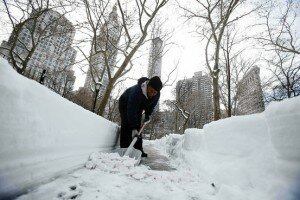 Do you know what to do if your city essentially shuts down for three days (or more) because of winter weather? What if you lose power because of ice bringing down power lines?
Do you know what to do if your city essentially shuts down for three days (or more) because of winter weather? What if you lose power because of ice bringing down power lines?
Have you thought about how to prepare for serious winter storms? You can make sure you’re Good & Ready for winter weather emergencies with Points of Light’s emergency preparedness program.
Here are some tips to help you brave winter disasters:
- When you know that serious winter weather is on the way, try to keep a full tank of gas in your vehicle. It helps to prevent your fuel lines from freezing.
- Minimize travel. If travel is absolutely necessary, make sure you have an emergency kit in your vehicle and that someone knows where you’re going and when you should arrive.
- Avoid driving when conditions are dangerous. Sleet, freezing rain, snow and ice all make driving more difficult. Even after the storm has passed, you may not even see patches of ice on the road.
-
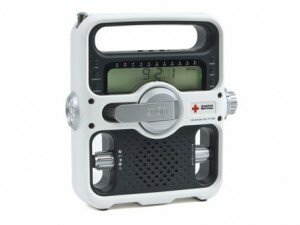 Make sure you have a disaster kit with at least a three day supply of food and water (one gallon per person per day), battery or hand-crank powered radio and flashlight, medicine, baby supplies (if needed), extra pieces of warm clothing and blankets, and extra supplies for your pets.
Make sure you have a disaster kit with at least a three day supply of food and water (one gallon per person per day), battery or hand-crank powered radio and flashlight, medicine, baby supplies (if needed), extra pieces of warm clothing and blankets, and extra supplies for your pets.
- Don’t use a generator, grill, or any other device that burns fuel inside. Only use them outside and away from doors, windows, and vents to keep carbon monoxide from entering your home.
-
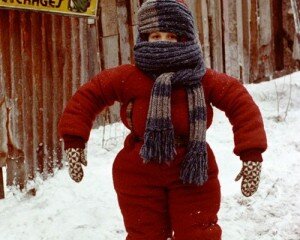 Protect yourself from frostbite and hypothermia by dressing in multiple layers of loose fitting clothing (tight clothing can restrict blood flow)
Protect yourself from frostbite and hypothermia by dressing in multiple layers of loose fitting clothing (tight clothing can restrict blood flow)
We have some great resources on mobilizing spontaneous volunteers in a disaster. The American Red Cross has different emergency specific preparedness information available here, and ready.gov has great resources for preparing for winter weather emergencies and tips for what to do during the worst of the weather and after the storms have passed.
Don’t forget about your neighbors, either. Check up on them to make sure they’ve got everything they need to ride out the storm and that they’re safe and warm.
Are you ready for winter weather? Are you ready to watch ? Are you sitting under a plam tree wonder just what this “snow” thing we’re talking about is? Let us know in the comments!



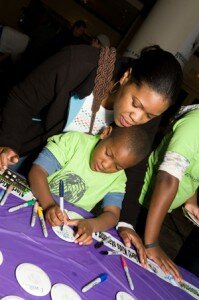 Today is a BIG day for youth service! “Why?” you ask. July 2nd is the beginning of
Today is a BIG day for youth service! “Why?” you ask. July 2nd is the beginning of  lication through the generationOn website. Kids can choose a challenge team and project ideas. Once a pledge is made, kids can also challenge their friends to be heroes through the use of social media. Once the challenge is met, kids can share their projects through video, essays, or pictures to inspire other youth. All participants will receive a certificate of completion after the project as well!
lication through the generationOn website. Kids can choose a challenge team and project ideas. Once a pledge is made, kids can also challenge their friends to be heroes through the use of social media. Once the challenge is met, kids can share their projects through video, essays, or pictures to inspire other youth. All participants will receive a certificate of completion after the project as well! school. Your child or teen can get involved in solving this important problem by making a work of art for a shelter, making a pillow buddy, hosting a princess party to collect fairytale books, making health kits, collecting school supplies boxes, advocating for the homeless, etc.
school. Your child or teen can get involved in solving this important problem by making a work of art for a shelter, making a pillow buddy, hosting a princess party to collect fairytale books, making health kits, collecting school supplies boxes, advocating for the homeless, etc.
 The world needs more action heroes, are you up to the challenge? We hope that your children will make the pledge to accept one of these eight hero challenges to better his or her community!
The world needs more action heroes, are you up to the challenge? We hope that your children will make the pledge to accept one of these eight hero challenges to better his or her community!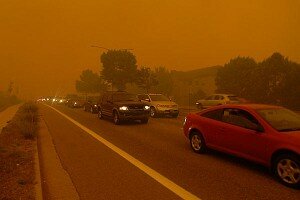 This past week has been a difficult one for Colorado residents. Large wildfires and high temperatures have destroyed thousands of homes, forcing residents to evacuate their communities to find safe shelter. Although many people and organizations are helping the relief efforts, they still need more help!
This past week has been a difficult one for Colorado residents. Large wildfires and high temperatures have destroyed thousands of homes, forcing residents to evacuate their communities to find safe shelter. Although many people and organizations are helping the relief efforts, they still need more help!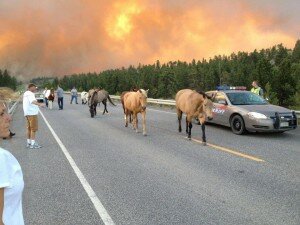 this time. The list includes:
this time. The list includes:
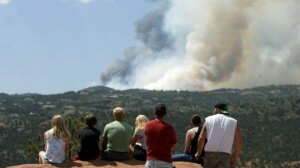 Colorado needs our help at this time. Come together with your community and help support them in their efforts.
Colorado needs our help at this time. Come together with your community and help support them in their efforts. June is not only the month for summer fun; it is also a month to get prepared! June is National Safety Month. The summer hosts a number of fun activities for warm weather, but it is also important that you are safe about these activities. From the pool to the lake it is important to not only have fun, but also to be safe.
June is not only the month for summer fun; it is also a month to get prepared! June is National Safety Month. The summer hosts a number of fun activities for warm weather, but it is also important that you are safe about these activities. From the pool to the lake it is important to not only have fun, but also to be safe.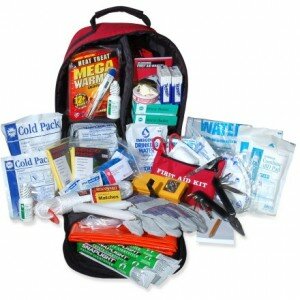 prevent house damage.
prevent house damage.
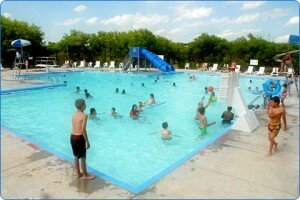 Summer time is such a great time of year. By following these tips, you will ensure a care-free season for your entire family!
Summer time is such a great time of year. By following these tips, you will ensure a care-free season for your entire family!
 veteran relief and safety education. The American Red Cross also expanded their services to disaster victim relief and services.
veteran relief and safety education. The American Red Cross also expanded their services to disaster victim relief and services.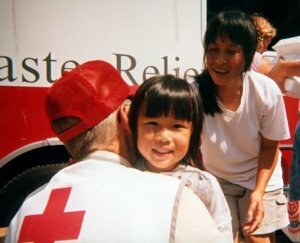
 These accomplishments would not be possible without the 131 years of American Red Cross existence. May 21 is the day to celebrate the birthday of such an amazing volunteer organization. Take a minute to thank your local Red Cross chapter for the all the work they do.
These accomplishments would not be possible without the 131 years of American Red Cross existence. May 21 is the day to celebrate the birthday of such an amazing volunteer organization. Take a minute to thank your local Red Cross chapter for the all the work they do.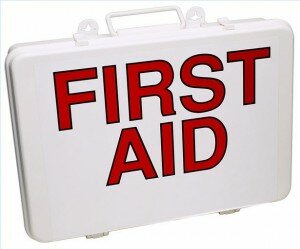 ilding is the safest alternative. Do not seek shelter in a hallway or bathroom of a mobile home. If you have access to a sturdy shelter or a vehicle, abandon your mobile home immediately. Go to the nearest sturdy building or shelter immediately, using your seat belt if driving. Do not wait until you see the tornado.
ilding is the safest alternative. Do not seek shelter in a hallway or bathroom of a mobile home. If you have access to a sturdy shelter or a vehicle, abandon your mobile home immediately. Go to the nearest sturdy building or shelter immediately, using your seat belt if driving. Do not wait until you see the tornado.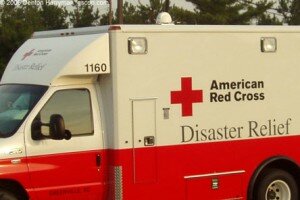 March is a month full of fun and sometimes interesting holidays March is not only a time to celebrate National Noodle Month, but it is also
March is a month full of fun and sometimes interesting holidays March is not only a time to celebrate National Noodle Month, but it is also 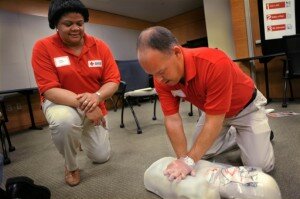
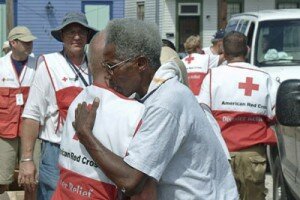 We hope that these suggestions will help you become more prepared for any emergency that may come your way. Make sure you stay informed on your community’s weather and health conditions so that you may be ready for all types of disasters. It is important to celebrate everything the Red Cross does to help the community by adopting their practices in your own routine. Get out and stay prepared today!
We hope that these suggestions will help you become more prepared for any emergency that may come your way. Make sure you stay informed on your community’s weather and health conditions so that you may be ready for all types of disasters. It is important to celebrate everything the Red Cross does to help the community by adopting their practices in your own routine. Get out and stay prepared today!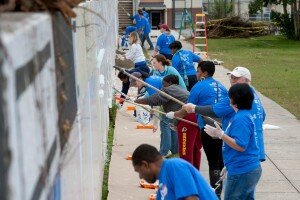
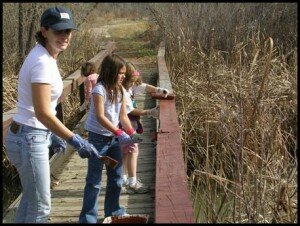 at your local park will allow you to appreciate and preserve your local park.
at your local park will allow you to appreciate and preserve your local park.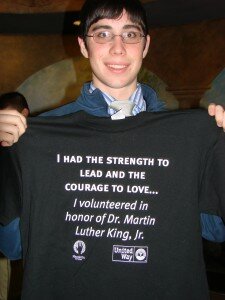
 Winter is coming.
Winter is coming.
